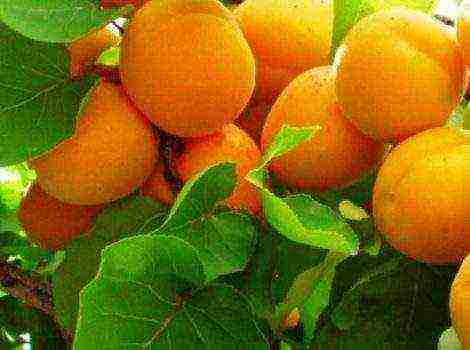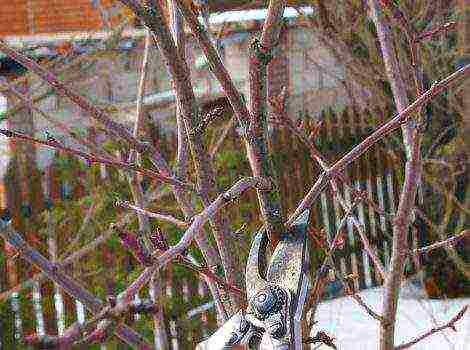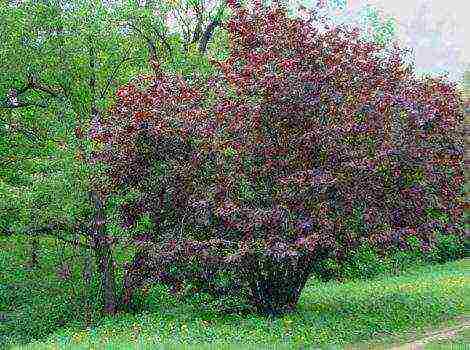Detailed description of apricot variety Krasnoschekiy
Against the background of a huge number of varieties apricot Red-cheeked stands out for its unpretentiousness... Among gardeners, it is appreciated as a delicious and attractive-looking red-cheeked fruit, which is described below. When properly cared for, apricot yields generous yields.
Description of the apricot variety Red-cheeked
The tree of the described apricot variety has a spreading crown. Refers to tall trees. Height can reach 4 meters... Due to the timely and correct formation of the crown, you can get a low, spreading tree. The variety took its name due to the red-cheeked color of ripe fruits.
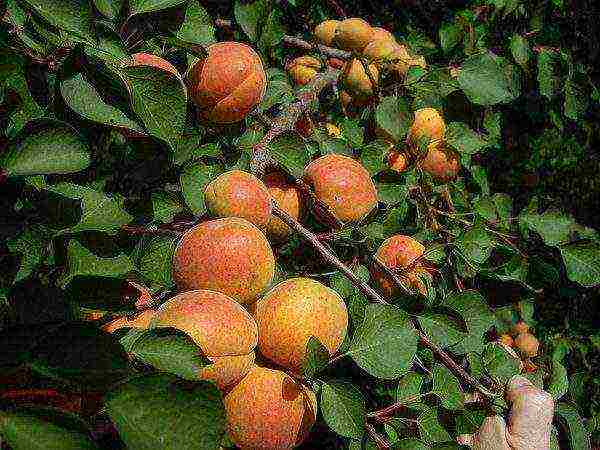
Fruit characteristics:
- weight one apricot - 50 grams;
- form fruits are often rounded;
- pulp quite soft, juicy and porous;
- in taste sweet and sour notes prevail;
- bone easily separates from fruits;
- fruit starts at 3-4 years.
The variety belongs to long-lived trees, the ability to bear fruit lasts up to 50 years. Taking care of such a tree is a pleasure for gardeners.
Breeding history
There is very little information about the homeland of apricot and its origin. It is known that for the first time red-cheeked fruits were seen in the mountains of Central Asia... Later, the variety was grown in Armenia. And only in the post-war period the Crimean breeders of the Nikitsky Botanical Garden gave him a new life. On its basis, many red-cheeked hybrids have been bred.
Today, this variety is considered competitive among the European origin of apricots. Due to their unpretentiousness, breeders made sure that the tree feels comfortable regardless of the region. The selection made it possible to expand the growing area of the red-cheeked apricot.
Advantages and disadvantages
- Fruiting apricot does not keep you waiting, already for 3 years from the tree you can taste the first fruits.
- Variety does not require additional pollination and the presence of other apricots nearby.
- Late bloom avoids the harmful effects of spring frosts.
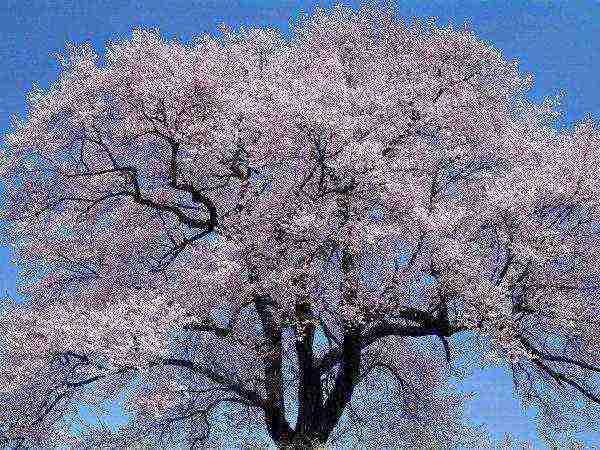
- The tree develops well and bears fruit in any type of soil.
- Red-cheeked apricot has an increased frost resistance... Not afraid of drought.
- In spite of disease resistance, is exposed to some infections.
- Dislikes excessive moisture, fogs and rains contribute to the development of moniliosis.
- It bears less fruit in lowlands and on wet soils.... In winter, young shoots in such soil can be damaged by frost.
Characteristics of trees and fruits
The crown of the tree is powerful, branches are spreading, strong. The plant is not afraid of strong winds. The variety has earned particular popularity with its high yield. From one tree you can collect 10 buckets apricot... Saplings, to a greater extent, easily take root and withstand low temperatures. There are no special requirements for planting young shoots. Thanks to the thick bark, the crown is protected from damage. The tree loves a lot of light.
It develops excellently in open areas. Being a hardy variety, it tolerates the conditions of the "Russian winter" well. Such trees will be a worthy decoration for any garden. Ripe apricots have a golden orange color. A distinctive feature from other varieties - red barrel... The skin of the fruit is dense, velvety to the touch. Broken fruit aroma is pronounced.
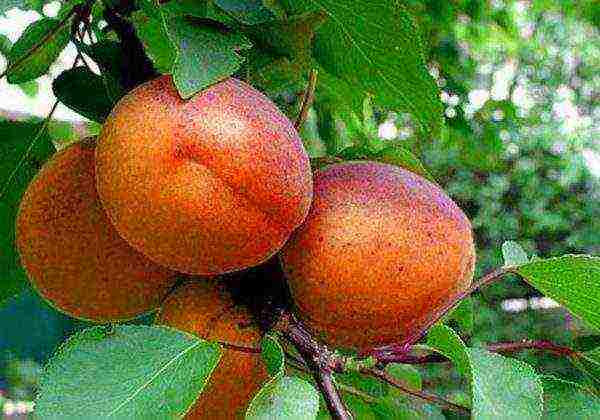
Fruits ripen in the second half of July. Due to uneven ripening, harvesting must be carried out in several stages. This approach will avoid shedding the apricots. The variety tolerates transportation well... Ripe fruits are in demand for resale in the markets. After harvest, the fruit can be stored for up to 10 days.
Growing region and adaptation in other regions
The variety has proven itself well, and its hybrids in the northern part of the South zone, Southwest regions. In Ukraine, Belarus, Latvia, Crimea, the North Caucasus and the Volga region. The unpretentiousness of apricot allows you to see this variety in garden plots in many parts of Russia... It is widespread in Rostov-on-Don and Krasnodar. The growing geography is too rich to list all regions. In the South, a red-cheeked miracle can be found in almost every courtyard.
Productivity and storage
Productivity depends on the care of the seedling from the moment of subsidence to fruiting. If the recommendations of experienced gardeners are followed, the result will certainly please. The volume of the crop can be increased if the fruits are harvested in 3-4 stages... The remaining fruits on the tree are poured and increased in volume after each harvest. This technique will solve the problem with storage, fruits can wait in the wings on the tree for up to 3 weeks.
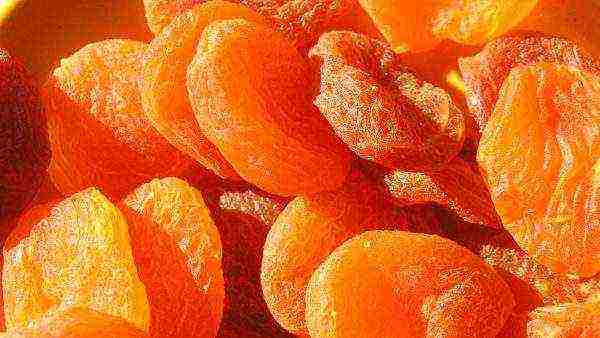
Depending on further use, fruits of different ripeness are plucked. Overripe apricots are suitable for drying, moderately ripe without damage for food. If it is proposed to transport the fruits over long distances for the purpose of selling on the markets, you need to collect slightly ripened light yellow fruits. Any apricots are suitable for canned food. A practical hostess will find a worthy use for them.
Landing rules
How actively the tree will grow depends on the correct planting of seedlings. Compliance with the rules is a guarantee of a generous harvest. So that this process does not seem too complicated, it is enough to follow the following sequence:
- Before planting, you need to dig a hole... The size of the pit should be sized for the root system of the seedling. A young tree must be placed in a hole; it is unacceptable to leave roots sticking up at the edges.
- The bottom of the pit must be filled with fertile soil and watered abundantly... Bury the seedling so that the root collar is slightly covered with soil. Tamp the earth around the planting, water it again and insulate it with foliage.
- The best planting time is the second half of autumn... However, this does not mean that planting cannot be done in the spring. This should be done with the onset of warm nights. Spring planting seedlings require more frequent, moderate watering.
- So that the seedling takes root well, after planting, watering is carried out at the root in a volume of up to 30 liters. Watering in the form of a light "rain" under the trunk will not give the desired result.
- A week later, the established the plant will need feeding complex composition of fertilizers. This is a very important point not to be missed.
Grooming and pruning
Apricot seedlings do not require trembling care, following the recommendations of experienced gardeners, you can accelerate the growth of the tree and increase its yield. It is described above that the variety is afraid of moisture and shading inside the trunk by branches. therefore you should regularly loosen and mulch the soil under the tree... This is done so that air flows to the root system, and excess moisture evaporates. Otherwise, root decay will begin, followed by the death of the seedling. Watering is especially important during the period of active growth of the apricot.
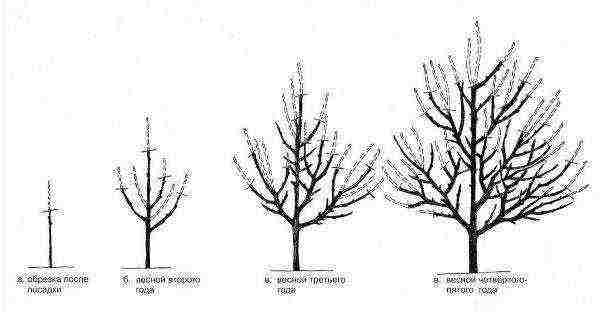
Starting from the first year of growth, the tree must be shaped by pruning. The formed crown must be periodically rejuvenated, get rid of overgrowths. Cuts of thick branches, in order to prevent diseases, paint over with a special compound or oil paint. The trunk at the bottom is whitewashed with lime with the addition of copper sulphate... It is preferable to carry out the procedure in the fall.
Diseases and pests
The variety, unpretentious to care, is not particularly susceptible to disease. Therefore, it is popular with gardeners. However, this does not mean at all that you need to let everything go by itself. Without waiting for the manifestation of symptoms, process the crown, branches, leaves. Most often, due to improper care and untimely spraying in the Red-cheeked apricot, the following diseases may occur:
- Coccomycosis of stone fruits
- Clasterosporium disease
- Moniliosis
- Apricot fruits damaged by moniliosis
- Clasterosporium of apricot
The symptoms of the disease manifest themselves in different ways. It is very difficult to treat fungal infections, it is much easier to prevent their development with preventive measures... A gardener should always have a spray tool in his arsenal. With moniliosis, Horus and Bordeaux mixture have proven themselves well.
Given the fact that fungal spores are quickly carried by the wind, an entire garden can be infected from one diseased tree.
Instead of a conclusion, it should be noted that in caring hands, any tree will rise and begin to actively grow. Compared to other varieties, this one is the most unpretentious. Gardeners love to work with him. The article describes the description of the Krasnoshchekiy apricot variety in detail. Having planted such a seedling on your site, you will be provided with fruits for the whole season.... Bountiful harvest to you!
